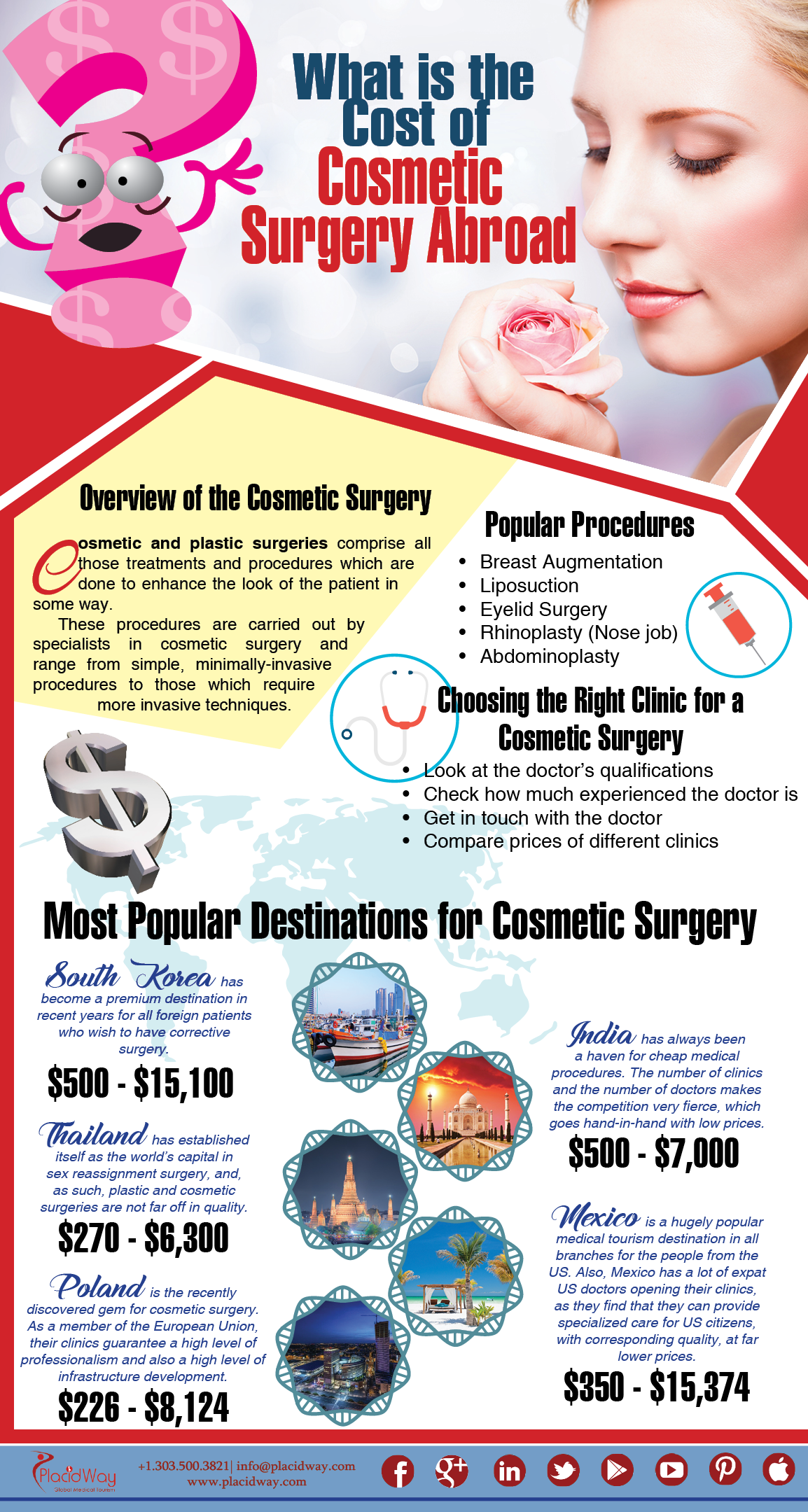Daily Habits To Prevent Acne
Daily Habits To Prevent Acne
Blog Article
Causes of Acne on Cheeks
Acne breakouts in the cheek location are activated by numerous things, from touching your face regularly to not altering your pillowcase often sufficient. Picking at acnes increases your threat of infection and scarring, and specific drugs can get worse dark areas (postinflammatory hyperpigmentation).
Thankfully, there are lots of means to avoid and deal with cheek acne. These consist of:
1. Hormone Modifications
Acne is mainly brought on by hormonal agents, particularly those created throughout the age of puberty and maternity. For some, a family history of acne might likewise add to their problem. Anything that blocks pores, such as oil-based skin treatment items or ceraceous hair items, can activate acne. Numerous topical treatments, like benzoyl peroxide and salicylic acid, can combat bacteria and unblock pores. Those with severe or chronic acne needs to seek treatment from their doctor.
Prevent touching or squeezing your acne, as this can push a few of the germs deeper into the skin, resulting in a more severe breakout. It is also important to change pillow cases regularly and use tidy make-up brushes. You must likewise attempt to prevent irritants such as friction from wearing a helmet or limited collar.
2. Diet
The oily, sweet foods that many individuals think trigger acne might really refrain from doing so. Actually, researches have actually revealed that consuming a diet plan abundant in whole, nutrient-dense foods aids to stop breakouts.
Foods high in the glycemic index (such as white bread, corn flakes, puffed rice and potatoes, doughnuts and other breads) elevate blood sugar level degrees swiftly, and this can boost hormones that boost oil manufacturing and cause acne.
Consuming cow's milk has additionally been connected to boosted acne breakouts. If you are a regular cow's milk enthusiast, you could wish to try changing to low-fat or nondairy alternatives that are fortified with calcium. On top of that, consuming more water can aid to minimize acne since it helps to maintain the skin hydrated.
3. Excess Oil
While oil is vital for healthy skin, it can come to be an issue when too much sebum blends with dead skin cells and obstructs pores. This combination can create blackheads, whiteheads and acnes. The blocked pore wall can break down and spill bacteria, dead skin cells and sebum right into surrounding skin. This results in a red bump called an acne. In some cases these red bumps have pus in the center from a microbial infection. Larger contaminated bumps that appear like acne are called cysts.
There are numerous points that can create excess sebum and blocked pores, including hormonal agent fluctuations, diet regimen and everyday habits. Some instances include touching the face regularly, resting your hand on your cheek, using filthy makeup brushes and not transforming pillowcases regularly.
4. Anxiety
If you're handling throbbing pimples or a slew of blackheads and whiteheads, it might be time to speak to a dermatologist. They can advise an efficient treatment that matches your skin type. Exercising relaxation and stress-reduction strategies also aids.
Acne can occur in the cheeks as a result of friction and stress, such as when an individual touches their face frequently or puts on a hat or sports helmet that massages versus the skin. It can also show up where oily cosmetics and creams scrub versus the skin.
Prevent squeezing acne, as this can push infected product deeper into the skin and cause scarring. Rather, see a physician to learn about preventative therapies like medication, skin treatment products and way of life adjustments. Eating a healthy and balanced diet plan of entire foods, getting 7 to nine hours of rest and making use of noncomedogenic makeup and skin care products can all help in reducing acne outbreaks.
5. Hair Products
Hair products how much is botox are not commonly considered a source of breakouts, yet they can contribute to acne on the cheeks in some individuals. Pomade acne, which is identified by little shut comedones and papulopustules, is typically brought on by using oily hair items that contain comedogenic components such as particular oils and acetylated lanolin.
Choosing hair products that do not include these possibly comedogenic active ingredients is an essential action towards minimizing outbreaks. Additionally, ensuring that hair items aren't can be found in contact with the skin can help stop breakouts. For instance, using a headscarf or bonnet in the evening can restrict hair-to-face call and reduce the probability that leave-in hair items will certainly rub off onto the face.
In addition to utilizing a non-comedogenic cream and washing with an acne face laundry, various other handy strategies include: